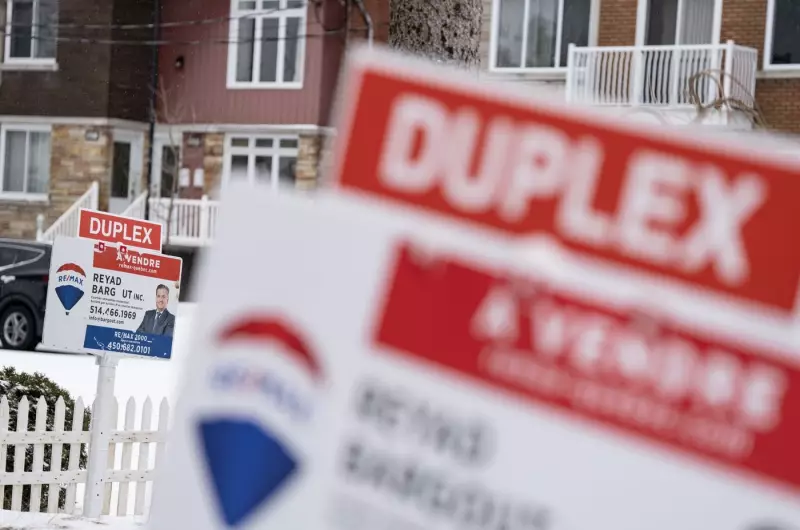
The Greater Montreal real estate market is showing no signs of cooling off as October delivered a stunning 46% surge in home sales compared to the same period last year. This dramatic increase comes amid persistently tight market conditions that continue to push prices upward across all property categories.
Market Momentum Builds Through Autumn
According to the latest data from the Quebec Professional Association of Real Estate Brokers, the Montreal area recorded 3,234 residential sales in October alone. This represents the seventh consecutive month of sales growth in the region, demonstrating sustained buyer demand despite economic uncertainties.
The sales explosion wasn't limited to a single property type. Condominiums led the charge with an impressive 51% increase in transactions, while single-family homes followed closely with a 44% jump. Even plexes, those classic Montreal two-to-five-unit buildings, saw substantial growth with a 36% rise in sales activity.
Prices Climb as Inventory Shrinks
The driving force behind these price increases remains the critically low inventory levels. Active listings across the Montreal region dropped by 12% compared to October of last year, creating a highly competitive environment for buyers.
Median prices told a compelling story across the market:
- Single-family homes reached $550,000, marking a 7% annual increase
- Condominiums hit $395,000, rising 6% from last October
- Plexes climbed to $720,000, representing a 5% gain
Island vs. Suburbs: A Regional Breakdown
The sales surge was felt across the entire metropolitan area, though some regions experienced more dramatic growth than others. Laval led the pack with an astonishing 64% increase in transactions, while the North Shore followed with a 56% jump. The Island of Montreal itself saw a respectable 27% growth in sales activity.
South Shore communities recorded a 43% increase, while Saint-Jean-sur-Richelieu posted a solid 32% gain. This widespread growth pattern indicates that buyer demand remains strong throughout the Greater Montreal area, not just in specific hotspots.
What's Driving the Montreal Market?
Several factors are contributing to this sustained market activity. Charles Brant, the association's director of market analysis, points to "a catch-up effect following the slowdown observed in 2022 and the first half of 2023" as a primary driver.
The market appears to be normalizing after the volatility of recent years, with buyers and sellers adjusting to current economic conditions. Despite higher interest rates, pent-up demand continues to fuel transaction activity as Montreal's housing market finds its new equilibrium.
As winter approaches, all eyes will be on whether this remarkable sales momentum can continue through the typically slower holiday season and into the new year.





